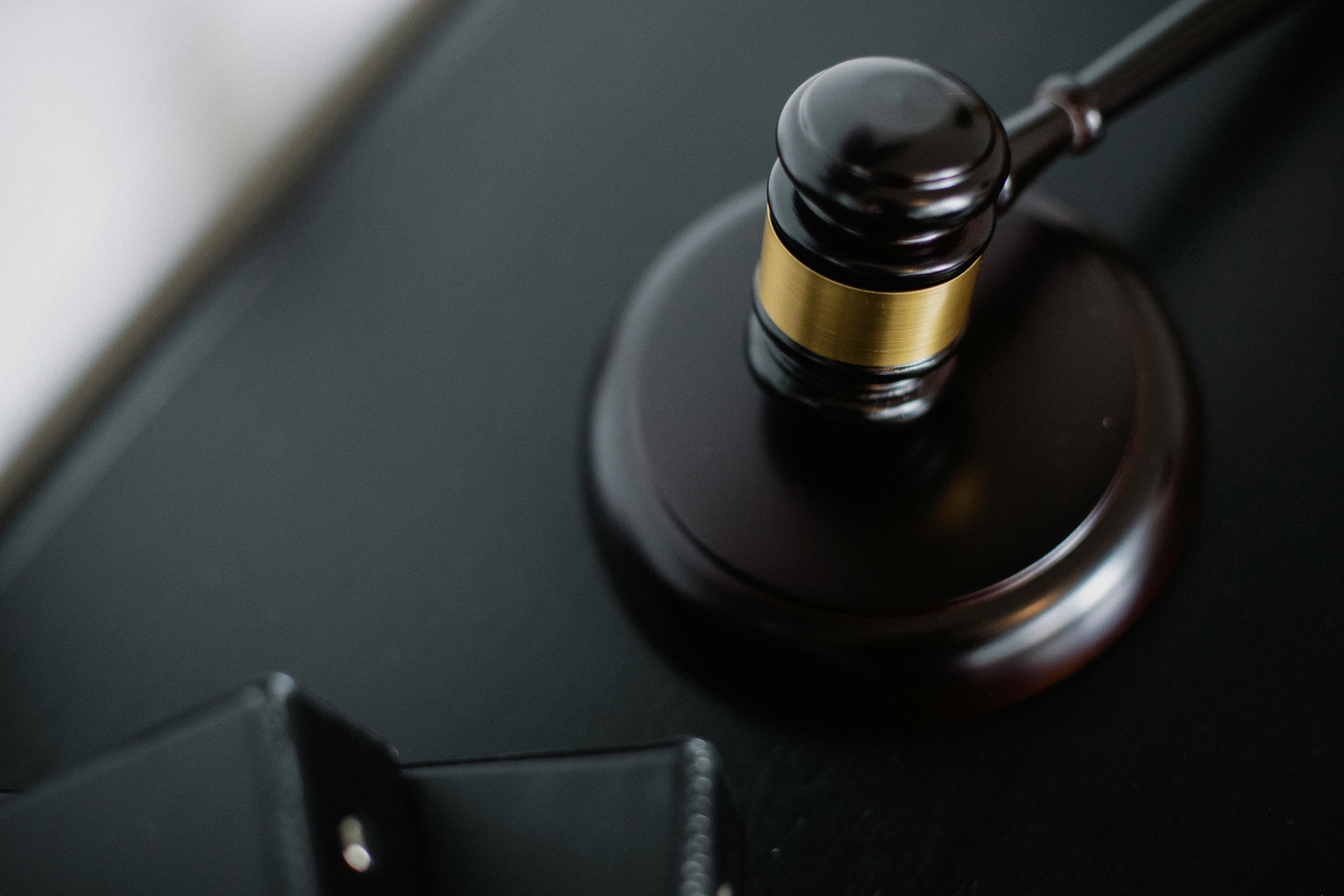Ninjutsu Techniques – 4 Ninja Training Areas for Maximum Mastery of Skills in Bujinkan Taijutsu
If you are looking to get the most out of your ninja training and want your ninjutsu techniques to be as powerful, effective and efficient as possible, then you cannot rely on just one type of training. Mastery of ninjutsu, like any other endeavor, should be more about mastering skills than simply collecting lots of techniques.
The focus of this article is to explore various “types” of training that, together, serve to produce the kind of power and effectiveness you want in your ninjutsu techniques, whether we’re talking about unarmed self-defense skills or with any of your ninja weapons. In fact, I’ll describe four areas of training that will provide certain benefits that the others simply don’t.
When you train in ninjutsu, especially if your focus is on real self-protection and producing real results in the world, rather than just learning some cool Ninja moves and earning a black belt for that learning, then your training should reflect that intent. . . In other words, “how” you train is determined by “what” you want out of your Ninja training in the first place.
When training for mastery with your ninjutsu techniques, you can adjust your training so that the focus is on moment-to-moment awareness, decision-making under pressure, technical precision, etc. Additionally, certain items and moves can be separated and isolated so that these things can only be worked on for a higher degree of experience.
For our purposes here, I will limit my discussion to just an overview of 4 specific training areas that can give you increasing skill levels and a much greater ability to effectively manage and control a dangerous situation with each of your techniques. ninjutsu. Ninja training is unlike any other conventional martial art or self-defense program because of the sheer number of ninjutsu skills, techniques, and ninja weapons, tactics, and strategies contained in this powerful system. Therefore, it is much more productive to look at areas of training, rather than simply focusing on given techniques or katas (‘preset examples to successfully resolve a fighting or attacking situation’).
Here is a basic summary of the four areas of training, or types of training, that I give my own personal students, to give them the greatest opportunity to reach the level of proficiency possible with their ninjutsu techniques. Please note that the following list is not in order of importance. Each area should look like a pillar supporting the roof of a fortress or castle.
Each one is equally important, and as such, they should all receive equal attention during your ninja training classes and/or practice sessions between classes.
1) Solo training – Sometimes referred to as “shadow boxing,” this is where you move through your techniques and skills without the help of a partner. The main benefit of this type of training is to understand the “essence” or kotsu, as it is known in Japanese, of any given technique. Here, you can work to recognize problems in your own balance, the alignment of your own body parts, and the overall quality of movement as you move from one point to another.
2) Target Hit – This type of training is often overlooked or limited to hitting simple, commercially produced, readily available foam targets. The point of this training is the development of powerful punches and kicks that are capable of breaking or pushing your opponent’s body backwards or downwards in a real clash. Therefore, goals should be chosen that give you increasing stamina to allow your body to continue to adapt and get stronger. This way, you’ll be developing shots that your attacker will feel like you’re putting in a lot of effort, but to you it’ll feel like you’re doing little or nothing!
3) Practical application / Partner training – In today’s world of ninja training and Bujinkan budo-taijutsu, this constitutes the bulk of classroom training for most students. In fact, for many, this is often the “only” training they participate in. The benefit of this training is the development of proper timing, angle, distance, and flow in response to another person’s body movement. Here, you can learn to “read” another and learn how different bodies, builds, personality types, and fighting styles move and adjust to shape and deliver the punches, kicks, grapples, and other attacks that are your ninjutsu techniques. it’s supposed to be trying.
Be careful though, as only concentrating your efforts here will hurt you in the other areas. You won’t build the kind of hitting power you want, and you may never isolate the kind of problem and movement quality issues that the above methods give you so much better!
4) Visualization Training – This is a very important type of meditation practice for the serious practitioner. And there are more than adequate studies and scientific evidence in the areas of modern sports science that show the benefits of this method of practice. Here, you don’t need a training partner, equipment, or even a training area, because you will close your eyes and visualize (“see”) yourself executing your ninjutsu techniques and defending yourself to perfection. This type of training, not only impacts your physical ninja training, but also works to produce a sense of deep-seated confidence and a sense of “knowing” how to do things, that you may not have prior to training.
Other types of meditation training that focus on helping to develop your ability to focus and keep your mind on one thing, as well as those that train that part of your mind that is used to observe, evaluate, and process, help to ensure that “all” of you is present, operating and working in the heat of a dangerous encounter. That way, you will have the greatest advantage, the greatest opportunity, to succeed. You will be operating, in body, mind, and spirit, fully present and engaged in a way that will enable you to produce the best results, with the least amount of effort and wear and tear in the process.




